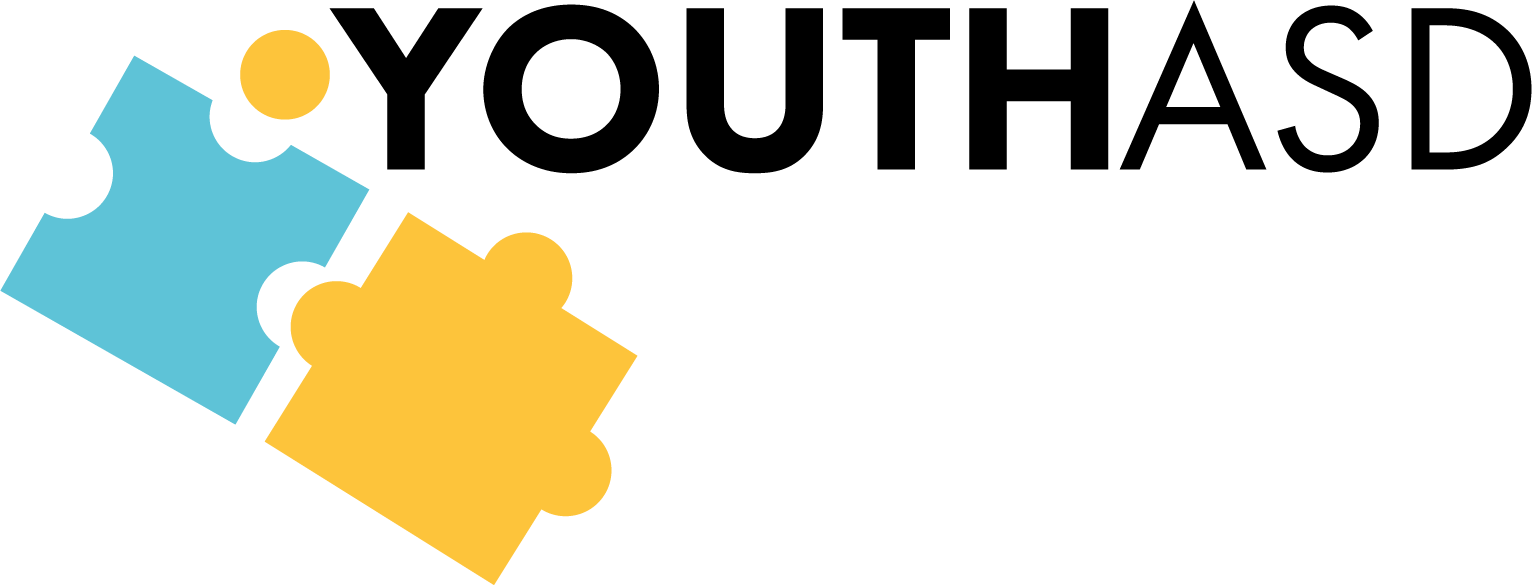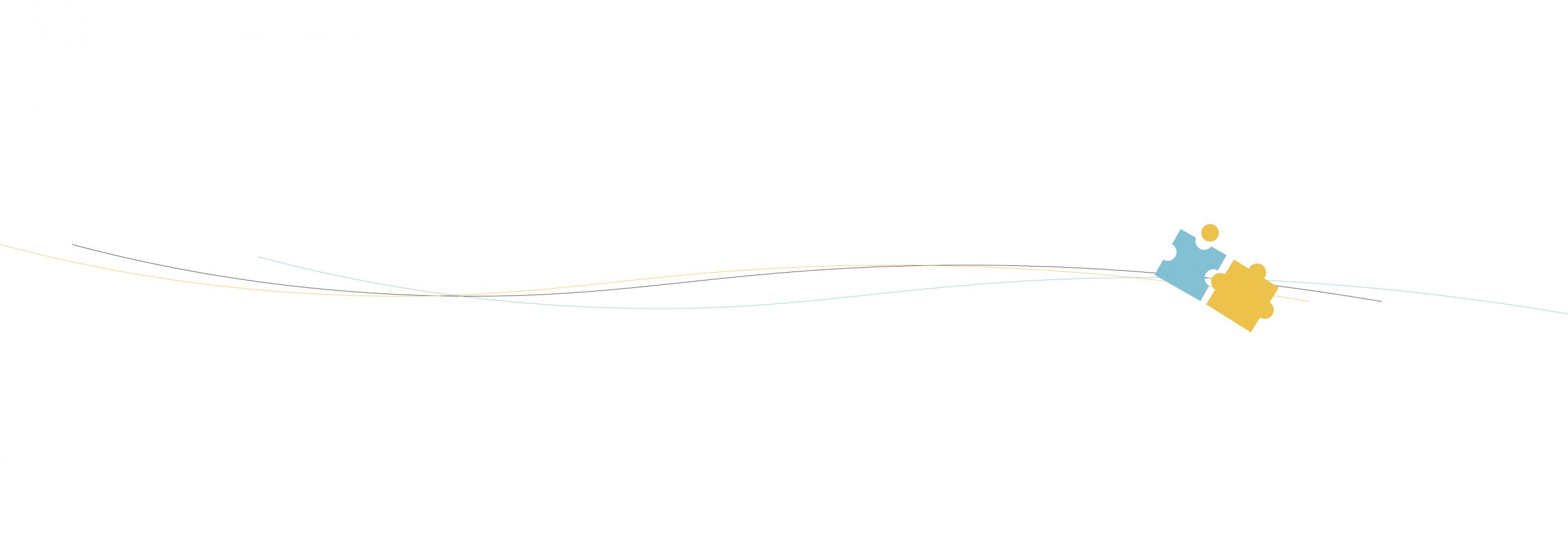In a world that celebrates diversity, it is imperative to comprehend and value the uniqueness of every individual. Autism Spectrum Disorder (ASD), a neurodevelopmental condition, challenges conventional norms of communication and social interaction (APA, 2013). This blog post aims to illuminate the importance of raising awareness about autism.
Understanding Autism: ASD encompasses a spectrum of conditions characterised by challenges in social interaction, communication, and repetitive behaviours (APA, 2013). Each individual with autism is distinct, with varied experiences and strengths. A comprehensive understanding of the diversity within the spectrum enables us to appreciate the different ways in which individuals with autism perceive and interact with the world.
Challenging Stereotypes: Stereotypes and misconceptions surrounding autism persist, contributing to misunderstanding and stigmatisation. It is crucial to challenge these stereotypes and disseminate accurate information about autism. Research has shown that individuals with autism can excel in various fields, contributing positively to society (Happé & Frith, 2020). By highlighting success stories and achievements within the autism community, we can dismantle barriers and foster societal acceptance.
The Importance of Early Intervention: Early intervention is pivotal in supporting individuals with autism. Recognising and addressing challenges at an early age ensures the provision of necessary tools and resources for individuals to thrive. Increased awareness leads to more accessible resources and support systems, allowing families and educators to create environments that cater to the unique needs of those on the autism spectrum (Dawson et al., 2010).
Promoting Inclusive Education: Education serves as a powerful tool in building an inclusive society. Raising awareness about autism within educational institutions fosters understanding among teachers, students, and parents. Inclusive education practices guarantee that individuals with autism receive the support they need to reach their full potential (Giangreco et al., 2005). It is essential to create environments where diversity is celebrated, and everyone feels valued.
Advocacy and Support: Advocacy is a driving force behind positive change. By becoming advocates for autism awareness, individuals can influence policies, promote research, and champion the rights of those with autism. Supporting organisations and initiatives dedicated to autism awareness amplifies our collective impact, contributing to a more inclusive world (Shattuck et al., 2012).
Raising awareness about autism is not merely a responsibility; it presents an opportunity to celebrate diversity and create a more inclusive and compassionate society. Embracing neurodiversity involves understanding, acceptance, and advocacy. As we collectively work to dispel myths, challenge stereotypes, and promote inclusivity, we contribute to a world where every individual, regardless of neurodevelopmental differences, can thrive and fulfil their potential.
Bibliography
American Psychiatric Association. (2013). Diagnostic and statistical manual of mental disorders (5th ed.). Arlington, VA: American Psychiatric Publishing.
Happé, F., & Frith, U. (2020). Annual Research Review: Looking back to look forward – changes in the concept of autism and implications for future research. Journal of Child Psychology and Psychiatry, 61(3), 218-232.
Dawson, G., Rogers, S., Munson, J., Smith, M., Winter, J., Greenson, J., … & Varley, J. (2010). Randomised, Controlled trial of an intervention for toddlers with autism: The Early Start Denver Model. Paediatrics, 125(1), e17-e23.
Giangreco, M. F., Dennis, R. E., Cloninger, C. J., Edelman, S. W., & Schattman, R. (2005). Building socially inclusive schools: The systemic transformation framework. New York: Routledge.
Shattuck, P. T., Narendorf, S. C., Cooper, B., Sterzing, P. R., Wagner, M., & Taylor, J. L. (2012). Postsecondary education and employment among youth with an autism spectrum disorder. Paediatrics, 129(6), 1042-1049.
Picture Leeloo Thefirst: https://www.pexels.com/it-it/


